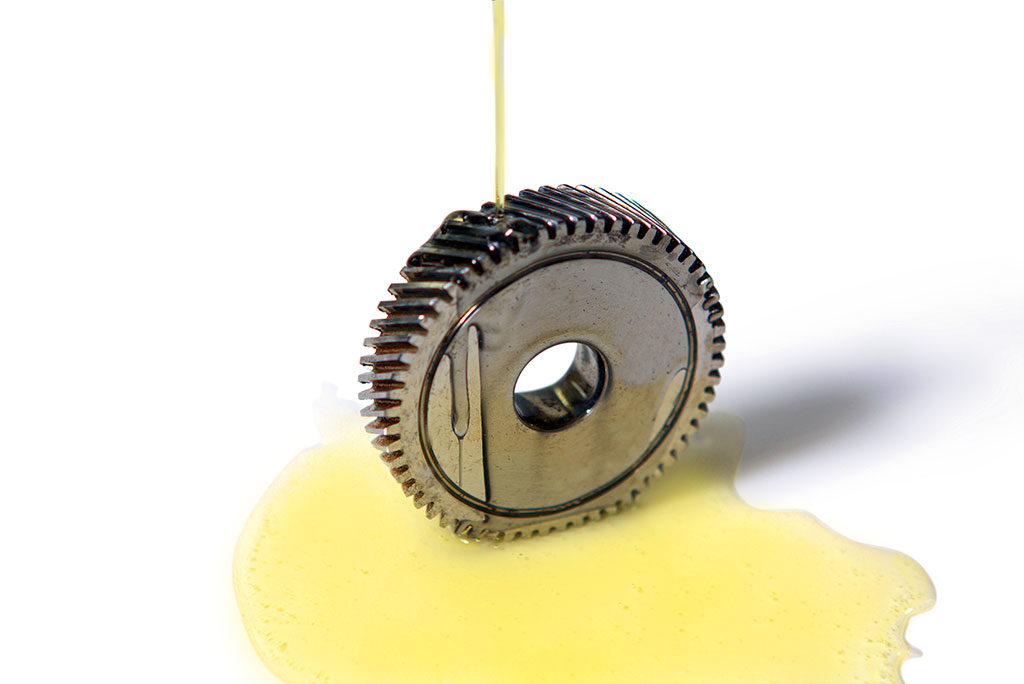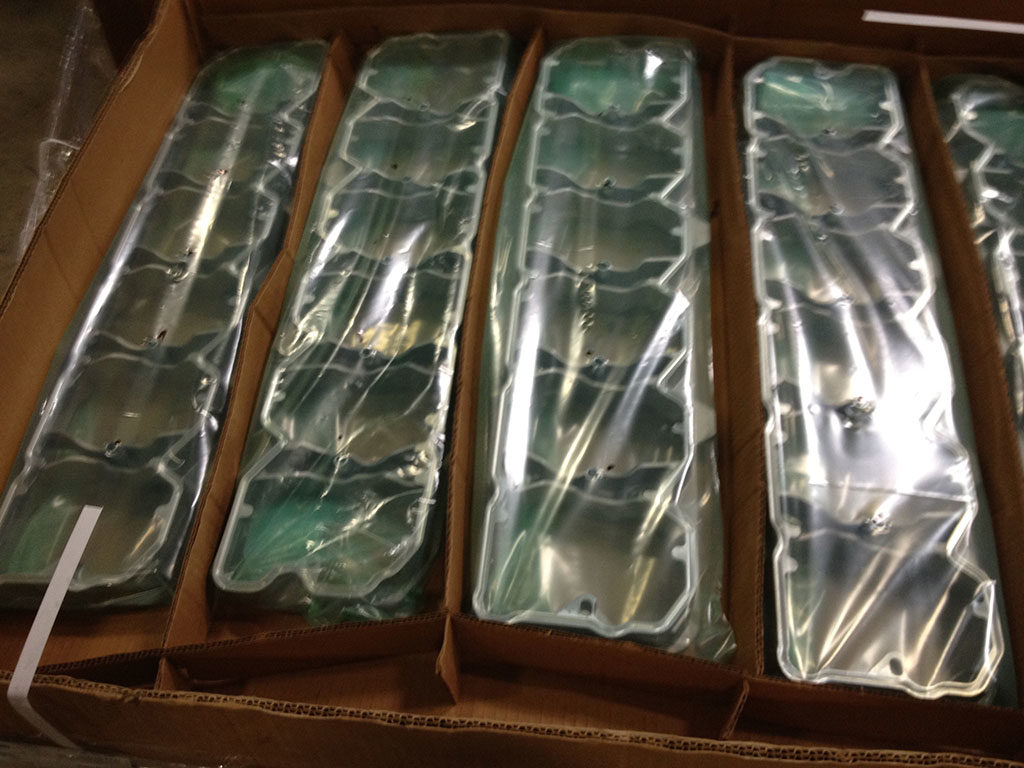When considering corrosion protection methods, plenty of options are available. The two methods most used for protecting metals during the manufacturing processes of shipment and storage are corrosion inhibitor liquids and VCI (volatile corrosion inhibitor) packaging products. Corrosion inhibitor liquids, also known as “Rust Preventatives” (RPs) or oils, are available in a wide range of options and formulations. They primarily protect by creating a temporary coating on the surface of the metal that prevents the causes of corrosion. They can be applied by spray, dip, or brush. Typically, RPs are oil or solvent-based, but some aqueous-based products are also on the market today. Volatile Corrosion Inhibitor (VCI) packaging products are offered in many options to protect products in various applications, including outdoor use and long-term storage. VCI packaging is available in poly bags, wraps, as well as in VCI kraft paper and drop-in VCI diffusers. These work by diffusing protective molecules into a sealed enclosure and settling onto the metal‘s surface. VCIs form a thin, invisible layer that passivates the metal surface and protects it from corrosion. RPs and VCI packaging can be used together for a comprehensive protection system, but here are the benefits and the challenges of each system on its own to help you choose which option is best for your application.

RP Oils Pros
- Can be a more cost-effective option to protect parts during work-in-progress
- Can help displace water left on parts
- Can be applied using automated equipment
- Starts protecting immediately after application
- Has a wide range of options for many types of applications
RP Oils Cons
- Metal parts must be thoroughly coated to be protected.
- Messy to use, and the coatings can attract dirt and spills
- RP oils must be washed off before painting, welding, and other secondary operations
- Corrosion protection is relatively short-term
- Dip tanks can be hard to maintain
- Oils and solvents may require special handling and be hazardous and flammable
- Disposing of old or used oil can be costly

VCI Packaging Pros
- Ease of use – no unique sprayer, dip tanks, or expensive equipment needed to apply
- Environmentally friendly – packaging may be reusable when in good condition and is recyclable
- Long protection life – VCI packaging, when used properly, can protect against corrosion for several years
- Safe and clean – does not pose a health hazard, no oil spills, or hazardous vapors to be concerned with
- Cost-effective – no special disposal fees
- Can be imprinted with logos and instructions. VCI plastic is transparent for visibility to parts
VCI Packaging Cons
- Packaging must be able to be completely sealed to be fully effective
- Can require up to a few hours for VCI to reach the metal surfaces
- Can be difficult to incorporate with parts that are large and/or have difficult geometry
- Might not be effective in applications where packaging can be easily damaged
Whichever option you choose, ZERUST® can help you with your corrosion prevention needs. We analyze the current state of your corrosion management needs and work with you and your team to implement the best and most cost-effective solution. ZERUST® can come to your facility and do a step-by-step analysis of your current process, including fluid audits, VCI and packaging process audits, and data logger analysis. Our mission is to provide you with the right products, processes, and procedures to ensure that you can achieve your desired results.
